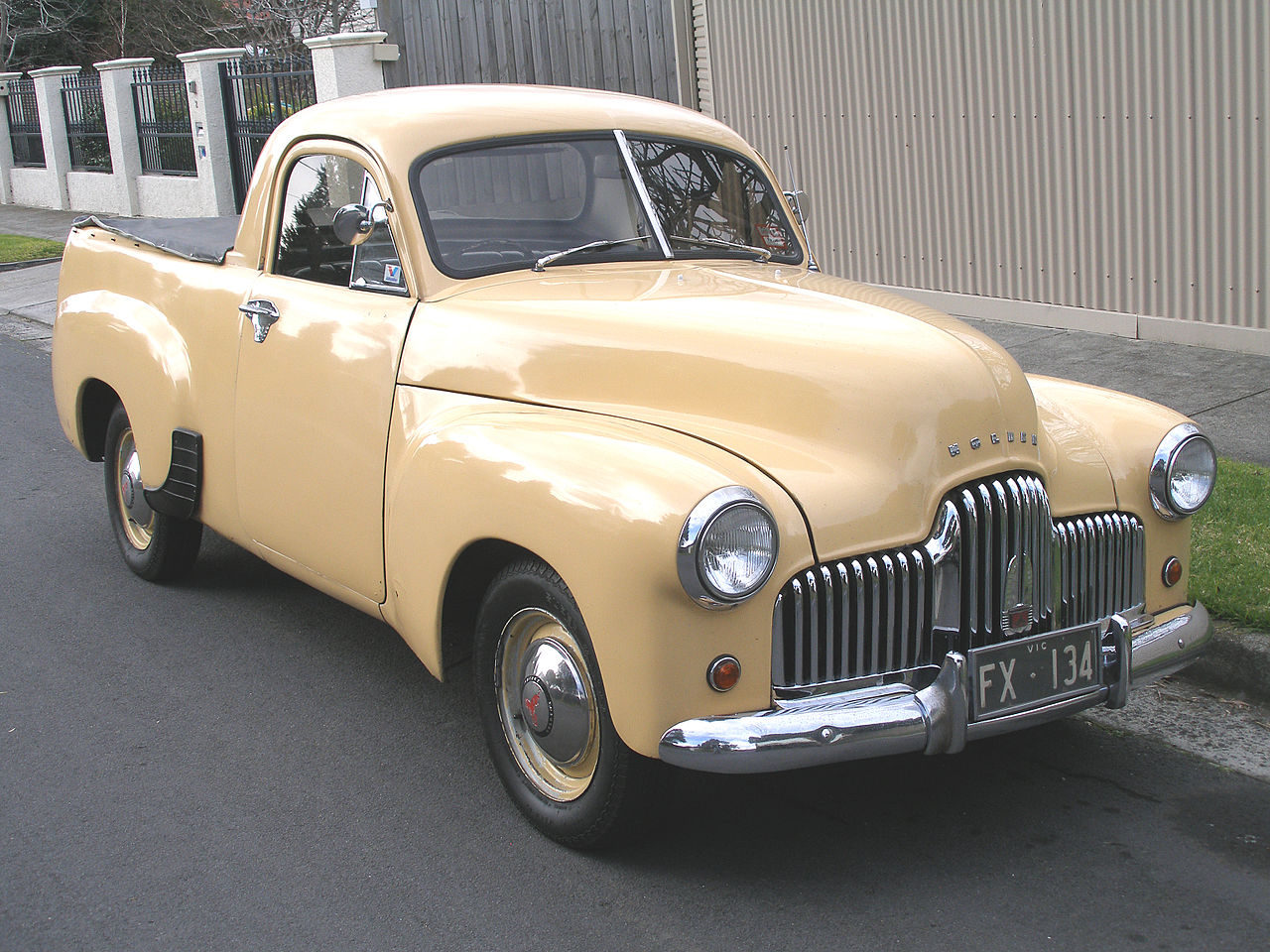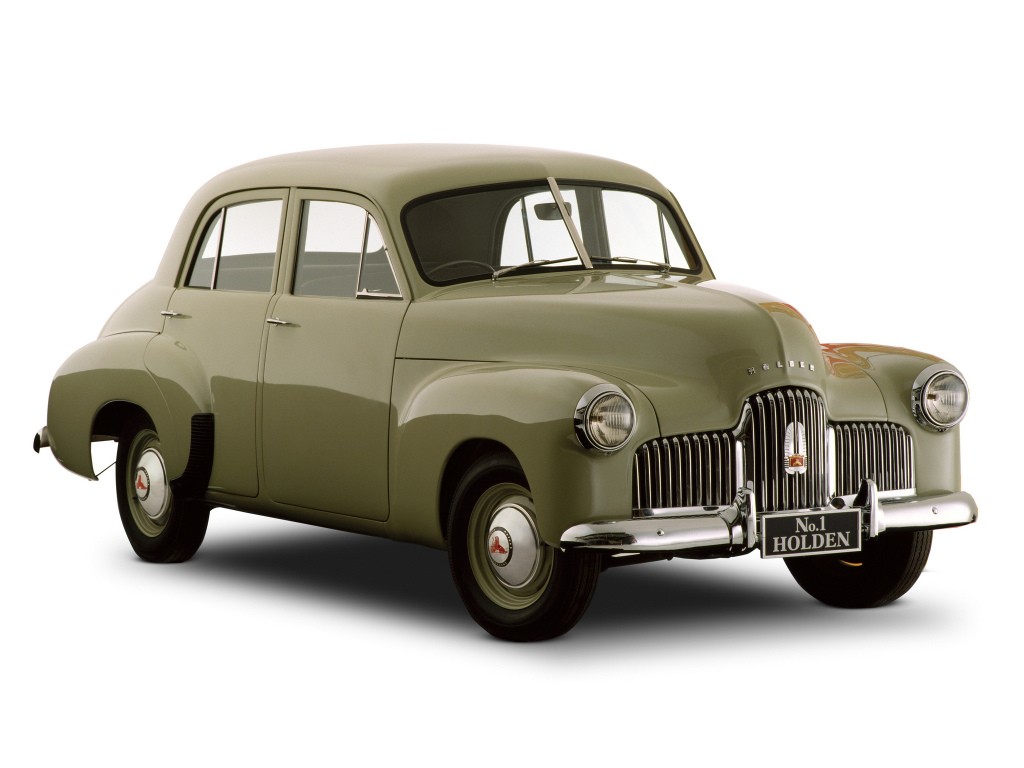|
|
||
|
||
|
Privacy Policy | Editorial Policy | Profit Policy | Join the Association | List of Members | Contact us | Index | Links |
||
|
Back Go to page: 1 2 3 4 5 6 7 8 9 10 11 12 13 14 15 16 17 18 19 20 Forward
|
||
|
Allan George’s Gems.
|
||
|
|
||
|
Flood water.
The recent floods in Queensland and New South Wales back in early April, as a result of Cyclone Debbie, caused both enormous damage to homes, businesses and crops and immeasurable heartache to those affected.
|
||
|
|
||
|
At its peak, the flood waters covered an area greater than Tasmania – but how is that possible??
No-one knows the amount of water that fell as a result of Debbie but it has to be in the gazillions of litres. How can so much water be suspended in the air before it is dumped as rain?
An Olympic swimming pool holds about 2.5 million litres and as 1 litre of water weighs 1 kg, the water in the pool weighs 2.5m kg, or 2,500 tonnes. Imagine a swimming pool the size of Tasmania filled with water – what would that weigh?? And all that water was suspended in the sky??? Billions and billions of tonnes of water just stuck up there, and we think we’re pretty smart when we get a fully loaded Airbus A380, which weighs just 575 tonnes, into the air.
We’re puny aren’t we??
Classic underplay.
The New York Times was one of many international outlets to have covered Cyclone Debbie, the category 4 storm which buffeted north Queensland but we wonder if its tweet accompanying the story really got across the severity of what happened in Queensland that day. It read: “A cyclone in Australia halted ferry and train service and closed a local airport.” (See HERE)
The article itself is a straight and informative take on a major event, but our eyebrows were raised at the choice of information in the accompanying tweet. Given that the up-to-275-km-per-hour winds and lashing rain threatened the safety of roughly 25,000 people in low-lying areas and caused up to $1 billion in property damage, we’re not sure the inability of local residents to catch the train for a while is really the most important detail.
How a jet engine starts.
Everyone knows what a jet engine is, lots of people have a fair idea how they work, but how do you start them? They are not like a piston engine where you hit the starter, the engine is cranked, a spark is introduced into one cylinder at the top of its compression stroke, the fuel mixture explodes and away she goes. Jets are a bit different.
|
||
|
|
||
|
In general, the main challenge with starting a turbine engine is ensuring there is sufficient airflow passing through the engine before introducing fuel. If the turbine blades are not pushing enough air through the engine, introducing fuel and beginning combustion will cause the engine to overheat and will damage it. This is called a hot start.
So, every jet engine uses one or more of the following methods to spin the turbine to a safe speed (usually around 10% to 30% of N2 [maximum engine core RPM]) before beginning combustion:
Auxiliary power unit: This is a smaller turbine engine that generates high-pressure exhaust, and is powered from the same fuel tanks as the regular engines. Exhaust gases from the APU are used to spin the turbine blades. The APU, being smaller, is usually started with a battery. Most jet engines use this method.
Battery: Older or smaller jet engines were started directly using electrical power, either from a battery or an external power unit.
Jet fuel starter: This is also a gas-generating turbine, but unlike an APU, it does not function independently of the engines. The JFS is directly linked to the engine it is starting and can't be used for any purpose other than starting the engine.
Cross-bleed start: With this method, bleed air from an already-running engine is used to start another engine. This is a common feature on multi-engine aircraft and is a technique used to restart a failed engine.
Air start unit: The so-called "start cart" is a wheeled airport utility that can be carted over to an aircraft. It provides high pressure air to the engine to start it. This helps save the aircraft battery from wear due to repeated use. Start carts are at every major airport.
Cartridge: An explosive cartridge drives a small turbine engine which is connected by gears to the compressor shaft. Used in the Canberra.
You can see an interesting video on this HERE
Jet engine speed is normally expressed as an “N”. N1 is the fan speed and is mostly related to engine thrust (since the fan produces more thrust than the core on today's big motors). The N2 is the engine core and the N2 gauge is used mainly during engine start. On initial starter engagement, the N2 starts turning first, and things like adding fuel+ignition and then later disengaging the starter are based on specified N2 speeds. As long as you have N1 rotation before lighting the engine off, N1 isn't all that important during the start. But once it is running, power is generally set with reference to the N1 (or fuel flow or exhaust gas temp [EGT] or engine pressure ratio [EPR]) rather than the N2.
|
||
|
Punishing your husband by not speaking to him is similar to killing a fish by drowning it.
|
||
|
Engine spirals.
Everyone has seen the spirals on the hub of a jet engine, but who knows what they are there for??
|
||
|
|
||
|
They come in several different designs and variations, they look cool on a spinning engine, but do they have a higher purpose?
The reason for painting designs on engine spinners is for the safety of ground personnel. Working near a running jet engine is extraordinarily dangerous. A Boeing 737 engine, running at idle power, has a hazard zone of 9 feet to the front and sides of the engine. This means that, even at idle thrust, a human that walks in the hazard area runs the risk of being sucked inside and consumed by the engine. When the engine is above idle thrust, the hazard zone increases to 14 feet or more. Engines on larger jets, like the 777 have much larger hazard zones. It is absolutely critical that ground crews can identify a running engine and stay away from it.
|
||
|
|
||
|
Even though jet engines make incredibly loud, whining noises, a running
engine may not be obvious to ground crews. Airport aprons often have
several airplanes in close proximity with engines screaming. Ground
crews wear hearing protection to suppress the deafening noise. Making
matters worse, it can be hard to see that an engine is running.
The big fan blades in the front of an engine can spin backwards in windy conditions before it is started. A few engine types require that the fan spins forwards before fuel is added to start the engine. Maintenance technicians can watch the markings during engine start to determine the direction of the large fan disk. When the fan begins to spin in the proper direction, the technician can alert the flight crew by radio/interphone so that the start can be continued. This function is becoming less important with the advent of “autostart” engines. Newer engines take care of this sort of thing by themselves.
|
||
|
Another Furphy.
The storey goes: When Apollo Mission Astronaut Neil Armstrong first walked on the moon, he not only gave his famous “One small step for man; one giant leap for mankind” statement, but followed it by several remarks, including the usual COM traffic between him, the other astronauts, and Mission Control. Before he re-entered the lander, he made the enigmatic remark “Good luck, Mr. Gorsky.” Many people at NASA thought it was a casual remark concerning some rival Soviet Cosmonaut. However, upon checking, [they found] there was no Gorsky in either the Russian or American space programs.
Over the years, many people have questioned him as to what the “Good luck, Mr. Gorsky” statement meant. Eventually, in Tampa Bay, FL, while answering questions following a speech, a reporter brought up the 26- year-old question to Armstrong. He finally responded. It seems that Mr. Gorsky had died and so Armstrong felt he could answer the question. When he was a kid, Neil was playing baseball with his brother in the backyard. His brother hit a fly ball which landed in front of his neighbours’ bedroom window. The neighbours were Mr. and Mrs. Gorsky. As he leaned down to pick up the ball, he heard Mrs. Gorsky shouting at Mr. Gorsky, “Oral sex? Oral sex you want? You’ll get oral sex when the kid next door walks on the moon!”
It’s a good yarn to tell at the barby or at the bar, but it’s all bunk. Sometimes the story is told with Armstrong uttering, “That’s one small step for man; one giant leap for Manny Klein,” with the unfortunate Mr. Klein having received the same response from his wife as Mr. Gorsky had from his.
|
||
|
|
||
|
|
||
|
This “legend” began circulating on the Internet in mid-1995 and was picked up by the media a few months later. The inclusion of specific details (e.g., the name of Armstrong’s neighbour, the date of the press conference on which he revealed the meaning of his remark) apparently led some to believe the farcical story might have some truth to it.
At its most basic level, this tale is a humorous anecdote that plays on the stereotypical portrayal of Jewish wives as reluctant to engage in recreational (and especially oral) sex. In variant forms of this legend the last name of Neil Armstrong’s neighbour is different, but the surname used is always a “Jewish-sounding” one, such as Gorsky, Seligman, Schultz, Lipinski, or Klein; the unusual word order employed by the wife in her refusal (“Oral sex you want?”) is also a stereotypical speech pattern attributed to Jews. On another level, this legend can be seen as an attempt to humanize a cultural hero by associating him with a story that is both humorous and racy: Neil Armstrong, the world-famous astronaut, is made to seem like a “regular” guy.
Any doubts about the veracity of this legend are laid to rest by the NASA transcripts of the Apollo 11 mission, which record no such statement having been made by Armstrong. Armstrong himself said in late 1995 that he first heard the anecdote delivered as a joke by comedian Buddy Hackett in California.
|
||
|
60th High School Class Reunion
He was a widower and she a widow. They had known each other for a number of years, having been high school classmates and having attended class reunions in the past without fail. This 60th anniversary of their class, the widower and the widow made a foursome with two other singles. They had a wonderful evening, their spirits high, with the widower throwing admiring glances across the table and the widow smiling coyly back at him. Finally, during one dance, he picked up courage to ask her, "Will you marry me?”
After about 6 seconds of careful consideration, she answered, "Yes, yes I will!"
Needless to say, the evening ended on a happy note for the widower, however, the next morning he was troubled. Did she say “Yes" or did she say ‘No‘? He couldn't remember. Try as he would, he just could not recall. He went over-and-over the conversation of the previous evening, but his mind was blank. He remembered asking the question, but for the life of him could not recall her response. With fear and trepidation, he picked up the phone and called her. First, he explained that he couldn't remember as well as he used to. Then he reviewed the past evening. As he gained a little more courage, he then inquired of her, "When I asked if you would marry me, did you say “Yes" or did you say “No”?
"Why, you silly man." she replied, I said Yes of course. Yes, I will! and I meant it with all my heart!"
The widower was delighted. He felt his heart skip a beat. Then she continued. "And I'm so glad you called. I couldn't remember who asked me!"
|
||
|
How does Big Ben keep accurate time?
When he UK Parliament commissioned this clock in 1854, they insisted it be the biggest, most powerful clock in the world. It was installed in the tower of the Palace of Westminster and started to work on the 31st May 1859. This year it is 158 years old.
Although the whole clock is popularly referred to as Big Ben, the name actually refers to the giant bell in the belfry of the clock tower. The clock is called the “Great Westminster Clock”. The designers intended the bell to be called Victoria after Queen Victoria but Londoners started calling it “Big Ben” and the name stuck. It was cast in East London on the 10th April 1858 and took two weeks to cool. It weighs 13½ tons, is 2.28 metres tall and 2.75 metres wide.
The melody that the four (nameless) quarter bells chime is called the “Westminster Chimes” and comes from an aria in Handel’s Messiah. Click HERE to hear it.
The clock is accurate to 2 seconds a week and the first chime from Big Ben marks the hour on the dot. The clock is driven by gravity, there are huge weights on long cables that attach to each train of gears, engineers wind the cables three times a week and as gravity pulls the weights down, the gears rotate. It takes an hour and a half to wind the weights back up. The speed of the gears is governed by the swinging pendulum. Engineers add or remove pennies to the pendulum to adjust the time.
Each hour hand (there are four) is 2.7 metres long and weighs 300kg, each minute hand is 4.2 metres long and weighs 100kg. At the start and finish of daylight saving, the clock is stopped at 10.00pm, maintenance is carried out and the clock restarted at 02.00am. About every 5 years, a team of window washers abseil from the belfry down to the faces of the clock and wash each face with soap and water.
The whole complex has been scheduled for a major overhaul, see HERE.
Click the pic below to see an excellent video on the clock.
|
||
|
|
||
|
Chains.
Ever wondered how they make chains, it’s very interesting, see HERE.
|
||
|
A farmer stopped by the local mechanic’s shop to have his truck fixed. They couldn't do it while he waited, so he said as he didn't live far away he would just walk home. On the way home, he stopped at the hardware store and bought a bucket and a gallon of paint. He then stopped by the feed store and picked up a couple of chickens and a goose. However, struggling outside the store he now had a problem - how to carry his entire purchases home.
While he was scratching his head he was approached by a little old lady who told him she was lost. She asked, 'Can you tell me how to get to 1603 Mockingbird Lane?' The farmer said, 'Well, as a matter of fact, my farm is very close to that house I would walk you there but I can't carry this lot.' The old lady suggested, 'Why don't you put the can of paint in the bucket, carry the bucket in one hand, put a chicken under each arm and carry the goose in your other hand?' 'Why thank you very much,' he said and proceeded to walk the old girl home.
On the way he says 'Let's take my short cut and go down this alley. We'll be there in no time. The little old lady looked him over cautiously then said, 'I am a lonely widow without a husband to defend me. How do I know that when we get in the alley you won't hold me up against the wall, pull up my skirt, and have your way with me? The farmer said, 'Holy smokes lady! I'm carrying a bucket, a gallon of paint, two chickens, and a goose. How in the world could I possibly hold you up against the wall and do that?'
The old lady replied, 'Set the goose down, cover him with the bucket, put the paint on top of the bucket, and I'll hold the chickens.
|
||
|
Holden
Holden, formally known as PK Motors Holden, was founded in 1856 as a saddlery manufacturer in South Australia. In 1908 it moved into the automotive field, before, in 1931, becoming a subsidiary of the United States-based General Motors (GM). The company was then named General Motors-Holden's Ltd, becoming Holden Ltd in 1998, and General Motors Holden in 2005. Like Ford before it, and soon Toyota, it will cease manufacturing vehicles in Australia in 2018.
|
||
|
|
||
|
|
||
|
Holden currently sells the locally produced range of Commodore vehicles, supplemented by imported GM models. Holden has offered badge engineered models in sharing arrangements with Chevrolet, Isuzu, Nissan, Opel, Suzuki, Toyota and Vauxhall Motors. In 2013 the vehicle line-up consisted of models from GM Korea, GM Thailand, GM in the US and the self-developed Commodore, Caprice, and Ute. Holden also distributed the European Opel brand in Australia in 2012 until the Opel brand's Australian demise in mid-2013.
Since 1994, all Australian-built Holden vehicles were manufactured at Elizabeth, South Australia and engines were produced at the Fishermans Bend plant in Melbourne. Historically, production or assembly plants were operated in all mainland states of Australia. General Motors New Zealand Limited operated assembly plants in New Zealand from 1926 until 1990. The consolidation of car production at Elizabeth was completed in 1988, but some assembly operations continued at Dandenong until 1994.
Although Holden's involvement in exports has fluctuated since the 1950s, the declining sales of large cars in Australia led the company to look to international markets to increase profitability.
On the 11th December 2013, Holden announced that it will cease vehicle and engine production by the end of 2017, however, the company will continue to have a large and ongoing presence in Australia importing and selling cars as a national sales company. Holden will retain their design centre, but with reduced staffing. Since 2010 Holden has incurred losses due to the strong Australian dollar, and government grants have been reduced.
It's a shame that Australia has lost its vehicle manufacturing ability, it all began many years ago with tonnes of promise. Click the pic below to see how Holden got started. |
||
|
John Cadogan, the self proclaimed AutoExpert, has some views on why Ford, Holden and Toyota have pulled the plug on manufacturing in Australia. He could be spot on. Click the pic to see his report.
|
||
|
|
||
|
In May 2014 GM reversed their decision to abandon the Lang Lang Proving Ground and decided to keep it as part of their engineering capability in Australia. |
||
|
The Ilmor 5 stroke engine.
For nearly 30 years, British based Ilmor Engineering has been best known for designing, developing and manufacturing high performance race engines for Formula 1 and IndyCars.
Although racing remains the core part of their business, they are now using their racing expertise to diversify into other areas such as OEM automotive, defence, marine and energy efficient engine applications. They have a dedicated Advanced Projects group to cover this area of the business and are able to turn their hand to any customer engine project and indeed virtually any mechanical engineering application. Their expert design and development expertise allows them to quickly turn an engine concept into reality, always with outstanding results.
Recently they have been working on a revolutionary 5-stroke engine which is a petrol engine with fuel consumption and emission levels comparable to that of current diesel engines, but without the serious problem of particulate and NOx emissions that plague diesels. The engine concept, which was invented by Gerhard Schmitz, has been developed by Ilmor into a working engine using a rapid prototype cast cylinder head, machined from a solid cylinder block and separate electrically powered oil and water pumps. Two overhead camshafts operate the conventional coil spring valve-gear with the high pressure (HO) camshaft running at 0.5 x crank speed and the low pressure (LP) camshaft running at 1 x crank speed. The engine is also turbocharged to increase the engine rating.
5-stroke performance figures.
Advantages of the 5-stroke concept.
Principle of operation.
The 5-stroke concept engine utilises two fired HP cylinders operating on a conventional 4-stroke cycle which alternately exhaust into a central expansion LP cylinder), whereupon the burnt gases perform further work. The LP cylinder decouples the expansion and compression processes and enables the optimum expansion ratio to be selected independently of the compression ratio.
Running of the concept engine has produced impressive fuel consumption readings over a very wide operating range. This is because at the onset of knock a greater percentage of work can be extracted in the LP cylinder, giving a degree of self compensation.
Click HERE to see a video on the engine.
UBER air mobiles.
Uber drew lots of attention recently with their three-day Elevate conference about how to create an urban network of flying taxis by 2020, but as ambitious as their goals are, John Langford, the CEO of Aurora Flight Sciences, says they are “do-able.” The vision won’t come to pass, though, he told AVweb in an interview from the conference, unless there’s a deadline. “It’s a little bit like going to Mars — it’s certainly possible, but it’s always 20 years away,” he said. By setting a near-term challenge and helping to spur investment, Langford said the 2020 milestone can help to get a demo system up and running, and once people see how it works, they will want to travel that way.
Aurora unveiled its own electric VTOL aircraft at the show, with video of a quarter-scale vehicle that recently flew for the first time. Aurora’s concept is derived from its XV-24A X-plane program currently underway for the U.S. Department of Defence, as well as other autonomous aircraft the company has developed over the years. It takes off vertically, powered by a series of rotors, then transitions to horizontal flight, driven by a tail-mounted propeller. Langford said the full-scale vehicle will be fully autonomous, but for initial operations it will be controlled by an on-board pilot operating a keyboard or touchscreen — there won’t be any control stick or rudder pedals, he said.
You can see a concept video of the XV-24A X-plane HERE.
One thing most people don’t seem to mention, once all these “hover aircraft” start appearing on our streets, is the down-wash problem. Imagine the dust all these aircraft will kick up. The little ones that fly around now don’t generate a lot of down-wash as they only lift a small load but once they are built to lift one or more people, the down-wash generated to overcome that weight will be considerable and the dust will be so bad they’ll have to fly IFR. Now that WILL be interesting!! - tb
North Korea
North Korea has been in the news recently, firing off its missiles, some worked, some didn’t, but each time they let one go they get a little bit better at it. And it’s worrying a lot of people.
It doesn’t seem to be worrying the Russian President Vladimir Putin though, he recently warned the world against trying to “intimidate” North Korea. Putin says he’s opposed to any new countries acquiring nuclear weapons, but that the world should talk to North Korea rather than threaten it. His comments come just days after North Korea successfully tested a mid-range missile that landed in the Sea of Japan just 500 kilometres off Russia. He says “We need to return to dialogue with North Korea and stop scaring it and find ways to resolve these problems peacefully.”
We thought people have been trying to talk to North Korea for yonks – but are they listening?
Recently North Korea tested a Hwasong-12 missile which reached an altitude of 2,111 km and flew 787km, according to the country’s state-run news agency KCNA. Analysts estimated its range as 4,500km which would put both Australia and the US territory of Guam within its reach. North Korea said the missile test was in response to the nuclear dangers and threats posed by the US and its followers.
They say: “We will conduct ICBM (inter-continental ballistic missile) tests anytime and anywhere in accordance with the decisions made by our central leadership.” Mr Putin said he was briefed by his defence minister after North Korea’s latest missile test. “This missile launch presented no threat to us, but it of course escalates this conflict and there is nothing good about that.”
Click HERE to see a video which explains the reason North Korea is testing missiles.
|
||
|
A blond was in a tour of Jenolan Caves when the guide turned the lights off to show how dark it was. The blond said, “Wow – can you imagine how dark it would be in here at night!”
|
||
|
|
||
|
|
||
|
|
||
|
Velly Intelesting – but stupid!!!!
|
||
|
|
||
|
|
||
|
|
||
|
Back Go to page: 1 2 3 4 5 6 7 8 9 10 11 12 13 14 15 16 17 18 19 20 Forward |
||
|
|

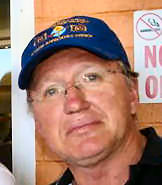

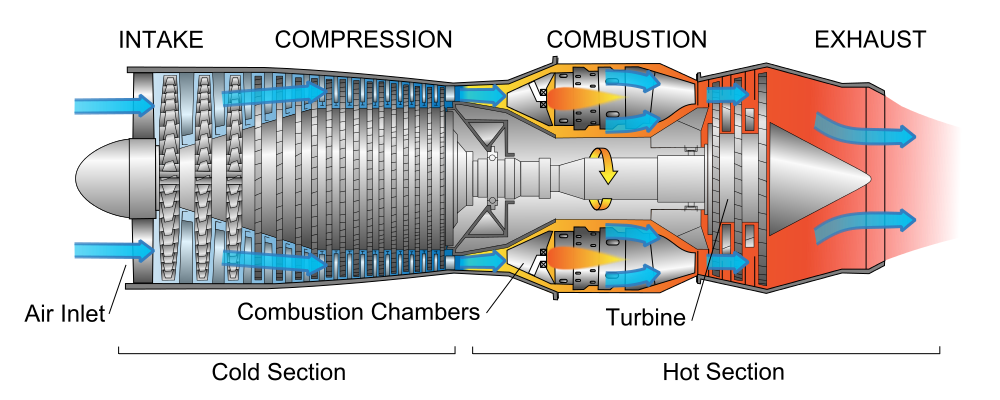
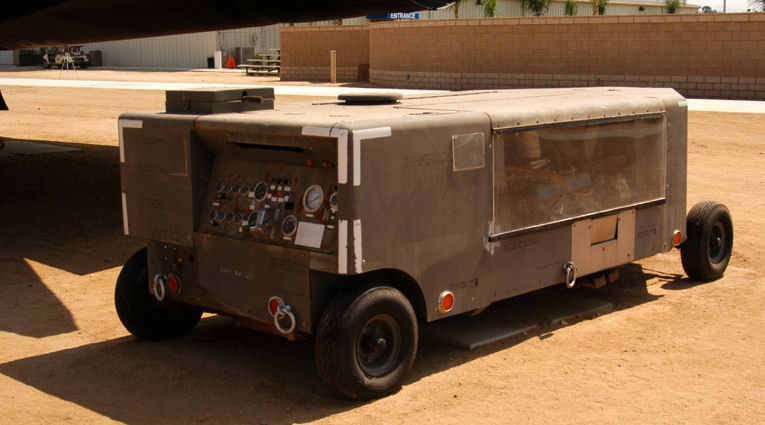

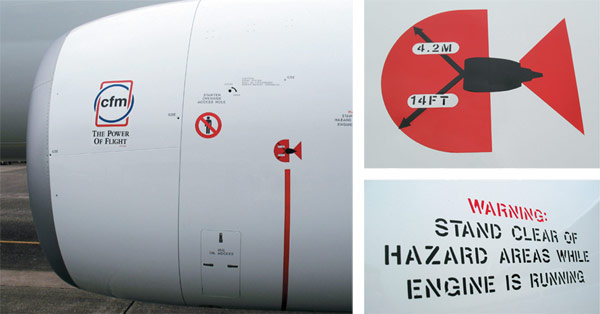
 Just like the blades on a window fan, engine fan blades become
translucent when they are spinning, especially in the dark. Aircraft
engine spirals make it easy to identify a running engine. A quick glance
is all it takes.
Just like the blades on a window fan, engine fan blades become
translucent when they are spinning, especially in the dark. Aircraft
engine spirals make it easy to identify a running engine. A quick glance
is all it takes.
